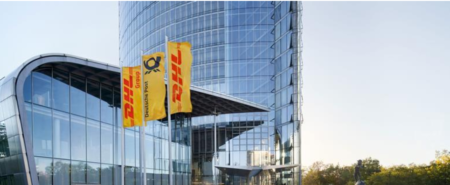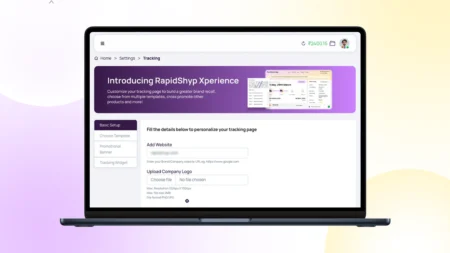
According to a new study, 64 per cent of consumers are unwilling to pay anything extra for two-day shipping. Many businesses are implementing advanced last-mile distribution and warehouse strategies to streamline logistics in an increasingly complex delivery environment. There is a lot of opportunity in this space for forward-thinking BCO and 3PL firms with a background in warehousing and moving goods.
Anything, anytime, anywhere
Venko logistics Director Jatinder Panjwani claims, “Venko logistics embraces all challenges related to customer deliveries.” The way the last mile works is determined by how customers are treated. In order to assist customers, logistics companies have redefined logistics based on customer behaviour, requirements, time zone, and so on. As a result, a complete supply chain company, such as Venko logistics, handles the customer’s requirements from the beginning, such as by calling or meeting them to understand the requirements and frequently working based on premature data for the best possible deliveries.
“Increasing customer expectations are new realities for supply chain leaders,” says Sumit Sharma, CBRO, GoBolt. To remain competitive, they must adapt and evolve, often through partnerships with dependable providers or the adoption of new technologies and automation.
Companies should keep their thinking agile and form a cross-functional team. One best practice is to identify the fulfillment options that are appropriate for each customer, product, and location segment, as well as to define the required product flow.
Organisations must understand their current market position and, as a result:
- Optimise Fleet Routing for Flawless Delivery to Customer Sites;
- Use AI, Machine Learning, and Mapping Software to direct products where they need to be;
- Provide Value for Money Through Quality and Pricing
Dominance in sales leads the volume cycle; therefore, an experienced team, the closest warehouse, and expertise in material handling are the keys to success – Panjwani
Cost factor
“Apparently, we have to make sure that cost is kept to a minimum, followed by time-bound delivery to customers,” Panjwani explains. Customers frequently request express deliveries and delivery attempts after previous failures.”

The “last mile” is the final and most expensive approach in the supply chain, according to Sharma. Every organisation takes different steps to reduce the cost of last-mile delivery. Because the last mile is time sensitive, the cost factor is critical. Any delay can result in a negative customer experience, which no one wants. The eCommerce industry pays special attention to this because a bad customer experience can cause a customer to switch to a competitor.”
Positioning of hubs
“To keep the warehouse hub close to customer deliveries, this would absorb the entire cost and map the location based on which customer delivery happens within the stipulated time frame,” Panjwani explains. Furthermore, the delivery agent’s experience is more important, resulting in multiple deliveries per day. Depending on the mode of payment, delivery agents may take longer to locate the correct address and hand over the appropriate package to the customer.”
“Having a hub near the customer location is important,” Sharma says. This is an essential component of a supply chain strategy aimed at lowering overall transportation costs. There are numerous advantages, including shorter lead times, just-in-time delivery, reduced in-plant inventory, and, of course, reduced transportation costs. Having a hub that is not close to customers can cause delivery delays, resulting in an unpleasant customer experience. Also, especially in the e-commerce sector, customer retention has always been a challenge because customers have so many options.”
Challenges arising out of the D2C concept
“Dominance in sales leads the volume cycle; therefore, an experienced team, the closest warehouse, and expertise in material handling are the keys to success,” says Panjwani.
“As the e-commerce industry reaches new heights, business owners are finding it increasingly difficult to manage issues such as customer retention and revenue generation,” Sharma says. Abandoned shopping carts are a real issue in D2C challenges such as competition, returns, and refunds. Customers cannot get a product price that is clean and concise from business owners. When it comes to returning policies, be very transparent and clearly state them on your website. Returns and refunds are an important part of providing a great customer experience.
On average, 68 per cent of shoppers abandon their carts before making a purchase, resulting in revenue loss. Exit-intent popups are a good way to remind customers about their purchases. To avoid abandoned carts, keep the free shipping option available. Customers despite any kind of hidden charges.”
Companies should keep their thinking agile and form a cross-functional team – Sharma











